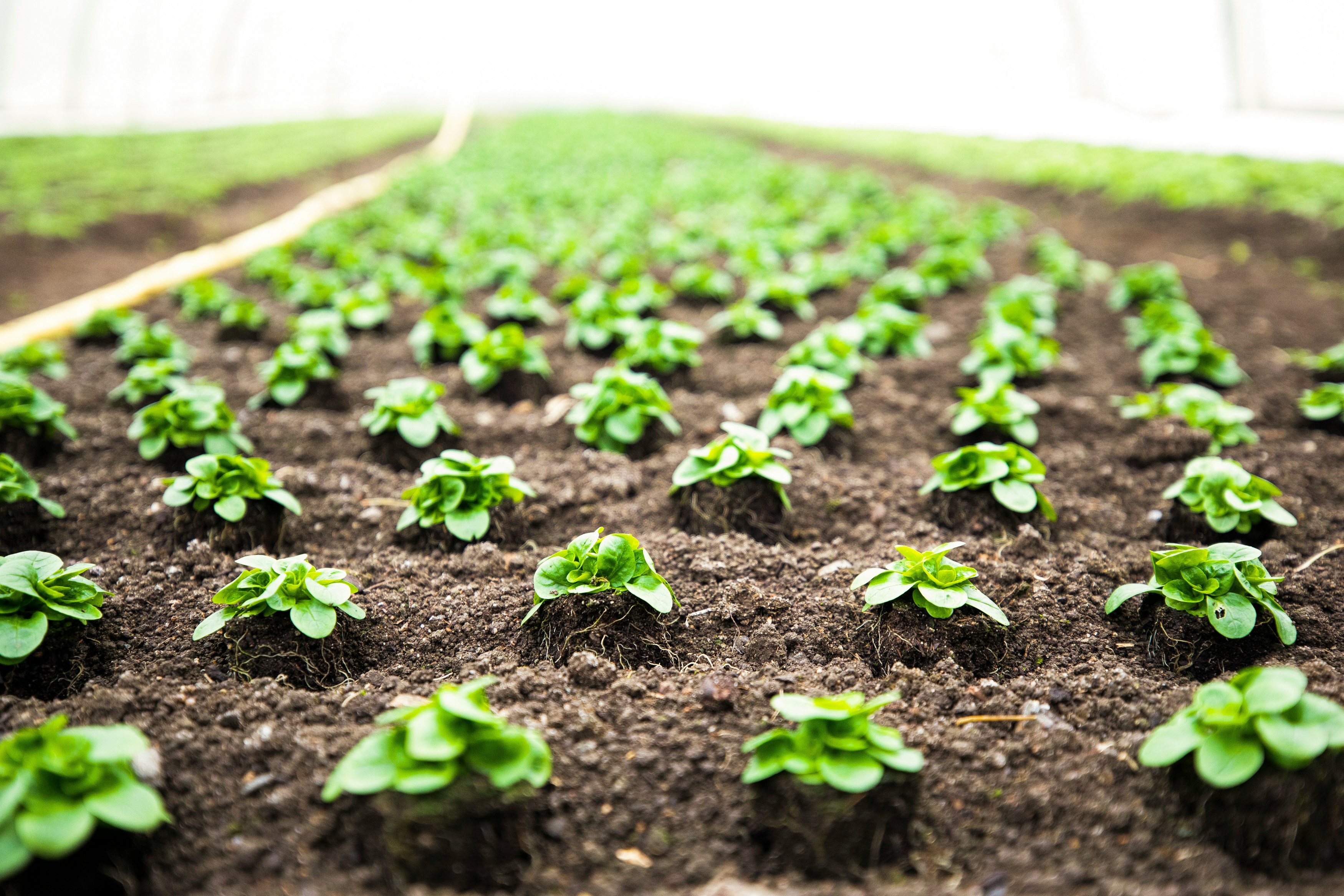Key Takeaways:
- The “Supporting Innovation in Agriculture Act of 2024” introduces a 30% Tax Credit For AgTech investments, targeting cutting-edge agricultural technology projects.
- Qualifying technologies include precision agriculture and controlled environment agriculture systems.
- The credit incentivizes agricultural modernization, promoting sustainability and increased crop yields.
- Eligible technologies encompass advanced systems like robotics, sensors, AI, and energy-efficient equipment.
A new legislative proposal introduced in the U.S. House of Representatives seeks to create a significant financial incentive for agricultural innovation. The “Supporting Innovation in Agriculture Act of 2024,” presented by Representatives Kelly of Pennsylvania and Thompson of California, outlines a 30% Tax Credit For AgTech investments. This bill aims to bolster the adoption of advanced agricultural technologies that enhance efficiency, sustainability, and crop yield improvements. Currently, the bill is under review by the Committee on Ways and Means.
Focus on Agricultural Modernization
The core provision of the bill establishes a tax credit for investments in technologies that modernize agriculture. These advancements include precision agriculture and controlled environment agriculture (CEA), both seen as pivotal for the future of food production.
Precision agriculture uses technology to optimize inputs such as seeds, fertilizers, and water, helping farmers manage resources more effectively. CEA, on the other hand, allows for controlled indoor farming, where the environment can be precisely managed throughout the crop’s lifecycle. The tax credit is intended to make it easier for farmers and agribusinesses to invest in these technologies, which improve both productivity and sustainability.
Eligible Technologies and Equipment
The bill details the types of technologies that qualify for the credit, including:
- Robotics and automation: Systems that automate tasks like seeding, harvesting, and packaging, reducing the need for manual labor.
- Sensors and monitoring systems: Technologies for tracking water levels, plant health, and environmental conditions within growing systems.
- AI and advanced analytics: Software solutions that optimize crop production and forecast environmental changes using machine learning.
- Energy-efficient systems: Equipment that reduces the energy footprint of farming operations, including advanced lighting and thermal screening systems.
- Water management systems: Innovations aimed at improving irrigation efficiency and minimizing water use.
To qualify for the tax credit, the technologies must be part of projects initiated before December 31, 2035, focusing on the production, storage, and processing of specialty crops.
Promoting Sustainability Through Technology
The Tax Credit For AgTech is seen as a way to encourage farmers to adopt more sustainable practices. Precision agriculture can significantly reduce the use of inputs like fertilizers and chemicals, while controlled environment agriculture allows for pesticide-free, water-efficient farming in indoor settings. These technologies not only reduce environmental impact but also ensure food production can continue year-round.
By promoting the use of advanced agricultural technology, the legislation aims to make the U.S. agricultural sector more resilient and capable of meeting the challenges posed by climate change and global food security demands.
Path Forward
If passed, the “Supporting Innovation in Agriculture Act of 2024” will provide farmers and agribusinesses with financial incentives to modernize their operations. The focus on precision agriculture and controlled environment systems reflects a growing recognition of the need for sustainable and innovative approaches in food production.
This bill presents a significant opportunity for stakeholders in the agricultural technology space to leverage financial support for advancing their capabilities, positioning the U.S. as a leader in sustainable agriculture.
Read the complete bill here.



1 Comment